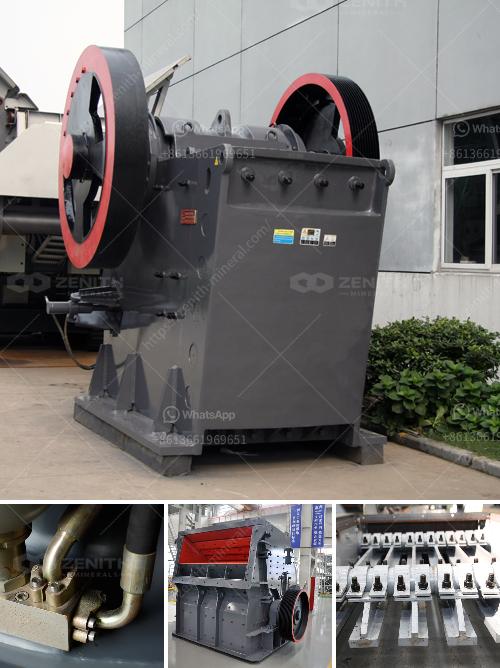An iron sand separator, also known as a magnetic separator, is a device used to remove iron particles from sand or other granular materials. The working principle of an iron sand separator is based on the magnetic properties of iron. Here’s a detailed explanation of how it works:
Iron sand separators utilize magnets to attract and remove iron particles from the sand. The magnets can be either permanent magnets or electromagnets. Permanent magnets are made from materials that maintain a constant magnetic field, while electromagnets generate a magnetic field when an electric current passes through them.
The separation process typically involves the following steps:
The sand or granular material containing iron particles is fed into the separator. This can be done using a conveyor belt, a vibrating feeder, or other feeding mechanisms.
As the material passes through the separator, it encounters a magnetic field. The strength and configuration of the magnetic field are designed to attract iron particles specifically. The magnetic field can be applied in various ways, such as:
The attracted iron particles are collected in a separate container or discharged to a different conveyor belt. The non-magnetic material continues its path, free from iron contamination.
There are several types of magnetic separators, each designed for specific applications and material characteristics:
Iron sand separators are used in various industries, including:
Regular maintenance of iron sand separators is essential to ensure their efficiency. This includes cleaning the magnetic surfaces, checking for wear and tear, and ensuring the magnets maintain their strength. The efficiency of the separator depends on factors such as the strength of the magnetic field, the speed of the material flow, and the size and concentration of iron particles in the material.
In summary, an iron sand separator works by utilizing magnetic fields to attract and remove iron particles from sand or other granular materials. The process involves feeding the material, applying a magnetic field, and collecting the separated iron particles. Different types of magnetic separators are used based on the specific application and material characteristics. Regular maintenance is crucial to ensure the separator's efficiency and effectiveness.
